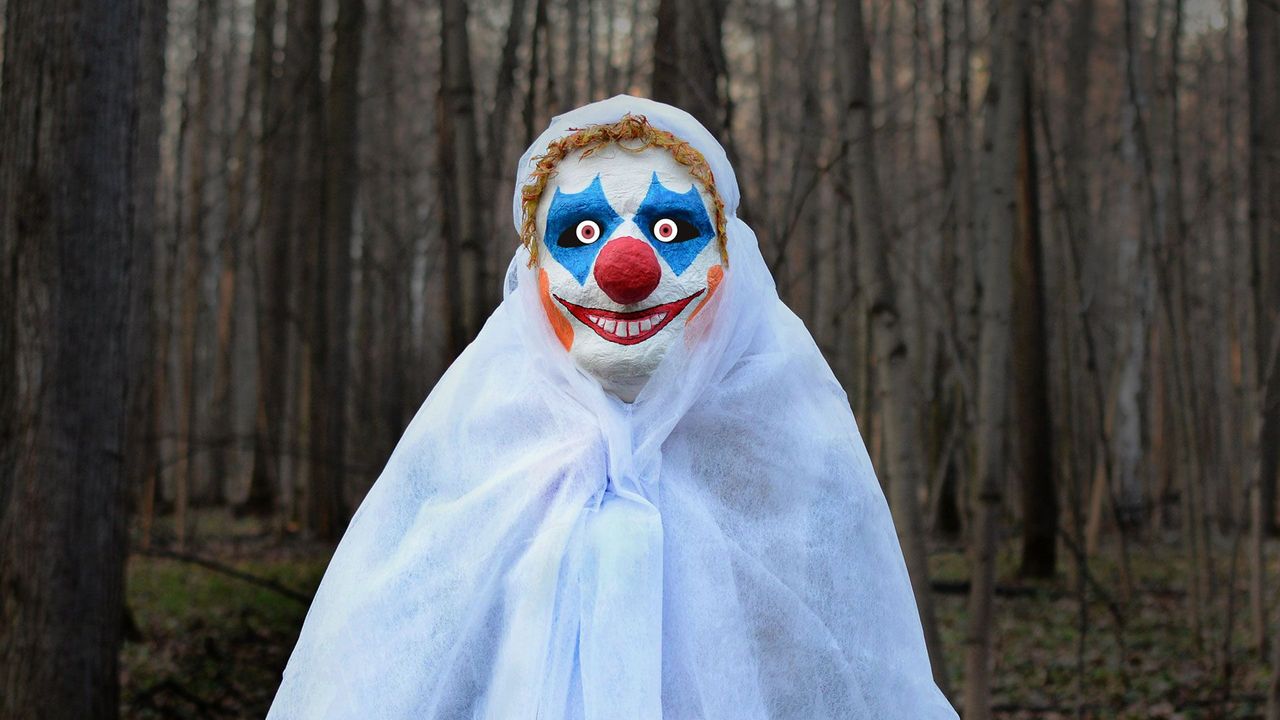The Buzz on All Occasion Performers
The Buzz on All Occasion Performers
Blog Article
How All Occasion Performers can Save You Time, Stress, and Money.
Table of ContentsThe smart Trick of All Occasion Performers That Nobody is Talking AboutAll Occasion Performers Fundamentals ExplainedHow All Occasion Performers can Save You Time, Stress, and Money.Rumored Buzz on All Occasion PerformersAll Occasion Performers Can Be Fun For Everyone
Political cartoonist Thomas Nast based his drawings of Uncle Sam on Rice and his costume. Dan Rice was an established animal fitness instructor. He focused on pigs and burros, which he educated and marketed to other clowns. He likewise presented a show a qualified rhinoceros and is the only individual in circus history to provide a tightrope walking elephant.He was likewise a philanthropist who offered generously to lots of charities and he set up the first monolith to soldiers eliminated during the Civil War - Dallas corporate events Dallas. Beginnings of the Auguste characterThere is an extensively told tale about the origins of the Auguste clown. According to the tale, an American acrobat called Tom Belling was executing with a circus in Germany in 1869
Belling took off running, finishing up in the circus field where he fell over the ringcurb. In his shame and rush to leave, he fell over the ringcurb once more on his means out. The manager regulated that Belling proceed appearing as the Auguste.
Fascination About All Occasion Performers
For something, the word Auguste did not exist in the German language until after the personality became prominent. Among the theories of the actual beginning is that Belling copied the character from the R'izhii (Red Haired) clowns he saw when he visited Russia with a circus (https://www.quora.com/profile/Todd-Burton-80). Personalities like the auguste absolutely existed previously

The dance later on came to be recognized as tap dancing. It should be noted that there are alternating 'origins' for the vagrant character"among which was the taking a trip "hoe boys," or travelling farm workers, that rode the rails from one community to another, cleaning the soot away from their eyes & mouth.
The Greatest Guide To All Occasion Performers
Keep in mind that the scare wig, exaggerated lips and eyes, large garments and props of the American clown, props such a club soda, packed clubs, exploding stogies, and whistles loaded with residue, are not Grimaldi's. They come from Tambo and Bones. The English blackface comedian Charles Mathews pertained to America in 1822 to perform and studied black life and custom-mades.
No one recognizes where the mummers' plays and Morris dances originated from. In such plays there is a collection of characters consisting of "kings" and "saints", cross-dressing, and blackface roles; the faces of Morris (or "Moorish") professional dancers were likewise blackened. The mummer's plays were except fun. Many were done by paupers in the hungry time after Christmas.
If refuted, they would certainly rake the culprit's backyard. The Derby Play of the Tup was carried out for food and beer by out of work young people. This usage of blackface for political action disguised as amusement continued in America when the offspring of these males smudged their faces to object taxes. One such demonstration has actually gotten in American history as the Boston Tea Party.
All Occasion Performers Can Be Fun For Everyone

While not the lavish events we think about today, some early, rougher kinds of taking a trip circus were popular in America from Revolutionary times-- George Washington was a follower. Blackface clowns carried out in them from at the very least the 1810s and perhaps before; they were a staple by the 1820s. The wide red or white mouth painted on by contemporary clowns is a residue of the blackface mask.
The blackface mask was a clown's disguise, overemphasizing the facial attributes right into an anime, a caricature. The blackface clown may be the precursor of today's anodyne circus clown, yet or else the two are as opposite as blackface and whiteface.
The 2-Minute Rule for All Occasion Performers
Who in nineteenth-century America was even more of an Aside from the ? What better mask than blackface? In several customs the clown would show some physical defect, like a hunchback, dwarfism-- or like Jim Crow, lameness - Jugglers near me. And since he was various, an Others, the clown was allowed to state and do things nobody else could.
Satire and apology were central to minstrelsy. It's intriguing that in the West African societies from which most servants came, the poet-singer griot offered the very same satirical jester function when the occasion occurred. That might have something to do with the interested (to us, recalling) simplicity with which Southern Blacks accepted not simply the music however even the demeaning humor of minstrelsy.

Emmett Kelly was the ideal recognized tramp clown with his character "Fatigued Willie."Tramp clowns are competent: + jugglers + magicians + pianists + chalk talk artist + cyclists.
Report this page